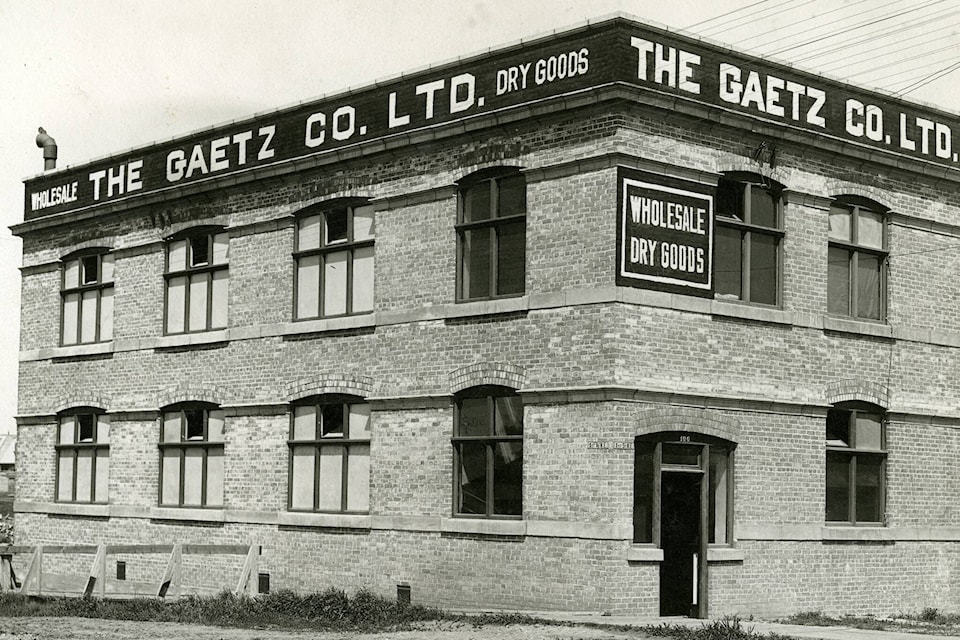On October 18, 1929, The Judicial Committee of the Privy Council of the United Kingdom voted that women in Canada were legally “persons” and, therefore, eligible to be appointed to the Canadian Senate.
It was not an obscure political and legal point. Although the right to vote had been extended to women during the First World War and years afterwards, the legal interpretation in Canada held that this enfranchisement did not to extend to appointments to the Senate. The reasoning was that at the time of the British North America Act (a.k.a. Canadian Constitution Act) in 1867, women were legally persons only in terms of “pains and penalties” and not in terms of “rights and privileges”.
Five women from Alberta – Emily Murphy, Nellie McClung, Irene Parlby, Henrietta Muir Edwards and Louisa McKinney – petitioned the point to the Supreme Court of Canada. On April 24, 1928, the Supreme Court of Canada unanimously ruled against them.
Fortunately, there was still a right of further appeal to the Judicial Committee of the Privy Council in the United Kingdom. It overturned the Supreme Court decision. Women could now be appointed to the Senate, but more importantly, had made a huge advance in terms of legal rights in Canada.
While considerable attention continues to be paid to the significance of the “Persons’ Case”, what has largely been forgotten is that 7 years previously, women gained the right to sit on a jury. The first court case heard with women jurors took place in Red Deer 100 years ago in November 1922.
The change in the eligibility for women to serve on the jury had been made by the new United Farmers Alberta provincial government which had as one of its cabinet ministers Irene Parlby of Alix. The change, however, was initially limited in that it only applied to civil law cases and not criminal ones.
The case in Red Deer was a “breach of promise” case. It involved a young woman who had gotten pregnant while unmarried. Such cases were often used to the legally force the father of the child to pay child support on the legal presumption that the couple would not have become intimate if the man had not promised to marry the young woman.
The three Red Deer women selected to sit on the jury were Jessie Huestis, Maude Horn and Zelma Smith. There was a significant glitch during the empaneling of the jury when only two women jurors had been selected after challenges, instead of the required three. That was rectified when the lawyer for the plaintiff withdrew one of his challenges.
The lawyer for the defendant caused some issues when he said that certain paperwork had not been properly handled. However, since the sheriff and the clerk of the court were the same person, the judge asked if the papers were to be taken out of the one pocket of the sheriff/clerk and put into the other. The lawyer did not pursue the point.
Yet another problem arose when one of the women juror’s refused to kiss the Bible for sanitary reasons. That was rectified when the judge allowed her to affirm her oath without kissing the Bible.
The case went on for two days. At the request of the women jurors, the public was excluded from most of the deliberations and testimony. Much of the debate centred on if and when the promise of marriage had been made.
Finally, the jury found in favour of the plaintiff. She was awarded $4000, a considerable sum of money at the time.
Despite the precedent setting nature of the trial, another civil jury with women as members did not take place for several more years. The first criminal court case with women on the jury did not happen until the early 1960’s and involved a case in Ontario.
An indication of how forgotten the 1922 case in Red Deer had become, some of the national media wrote stories claiming that the Ontario case was the first in Canada with women on the jury.
Michael Dawe is a Red Deer historian and his column appears on Wednesdays.
